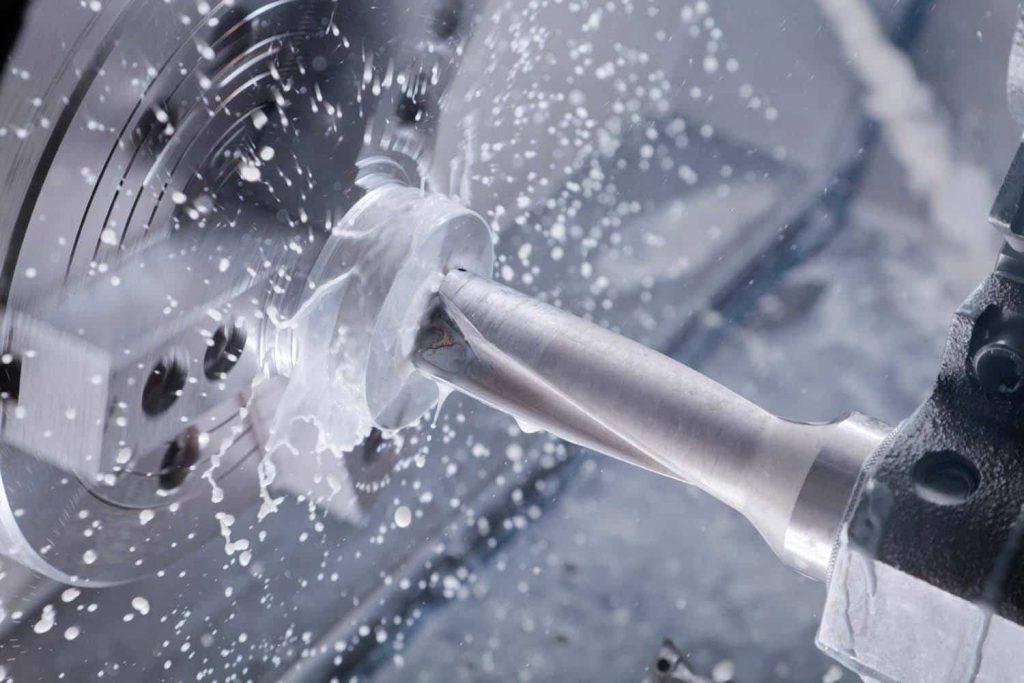How Do I Make Sure My Plastic Parts Are Manufactured With the Proper Tolerances?

There are a few things you can do to make sure your plastic parts are manufactured with the proper tolerances:
1. Design for manufacturability (DFM). By doing this, you must create your components with the production process in mind. Avoiding intricate designs, precise tolerances, and challenging-to-mold materials are all part of this.
2. Select the right material. Different plastic materials have various characteristics, such as varying thermal expansion coefficients and shrinkage rates. It is crucial to take into account the working environment and necessary tolerances when choosing a material for your parts.
3. Use a qualified molder. A skilled molder will have the knowledge and skills necessary to make your parts within the necessary tolerances. They will also be able to give you advice on the ideal layout and components for your project.
4. Provide clear and concise specifications. Be sure to give precise and detailed instructions for the necessary tolerances when placing your order with the molder. This contains the kind of tolerance (for example, linear, angular, or positional), its value, and where it is located on the part.
5. Inspect the parts carefully. Once you have gotten your parts, it's crucial to carefully verify them to make sure they adhere to the necessary tolerances. Numerous inspection techniques, including calipers, micrometers, and coordinate measuring machines (CMMs), can be used to do this.
6. Communicate with your molder. Communication with your molder is crucial during the production process. Discussing your design criteria, necessary tolerances, and the intended inspection techniques are all part of this.
7. Be prepared to compromise. It might not always be possible to produce all of your parts with the strictest tolerances. To fulfill your spending limit or manufacturing deadlines, you can occasionally have to make some compromises regarding the tolerances.
8. Test your parts. Once your parts have been created, it's critical to verify them to make sure they adhere to your specifications. Functional, environmental, and durability testing may all be part of this.
By following these tips, you can help to ensure that your plastic parts are manufactured with the proper tolerances and meet your needs.
- Art
- Causes
- Crafts
- Dance
- Drinks
- Film
- Fitness
- Food
- Jogos
- Gardening
- Health
- Início
- Literature
- Music
- Networking
- Outro
- Party
- Religion
- Shopping
- Sports
- Theater
- Wellness


